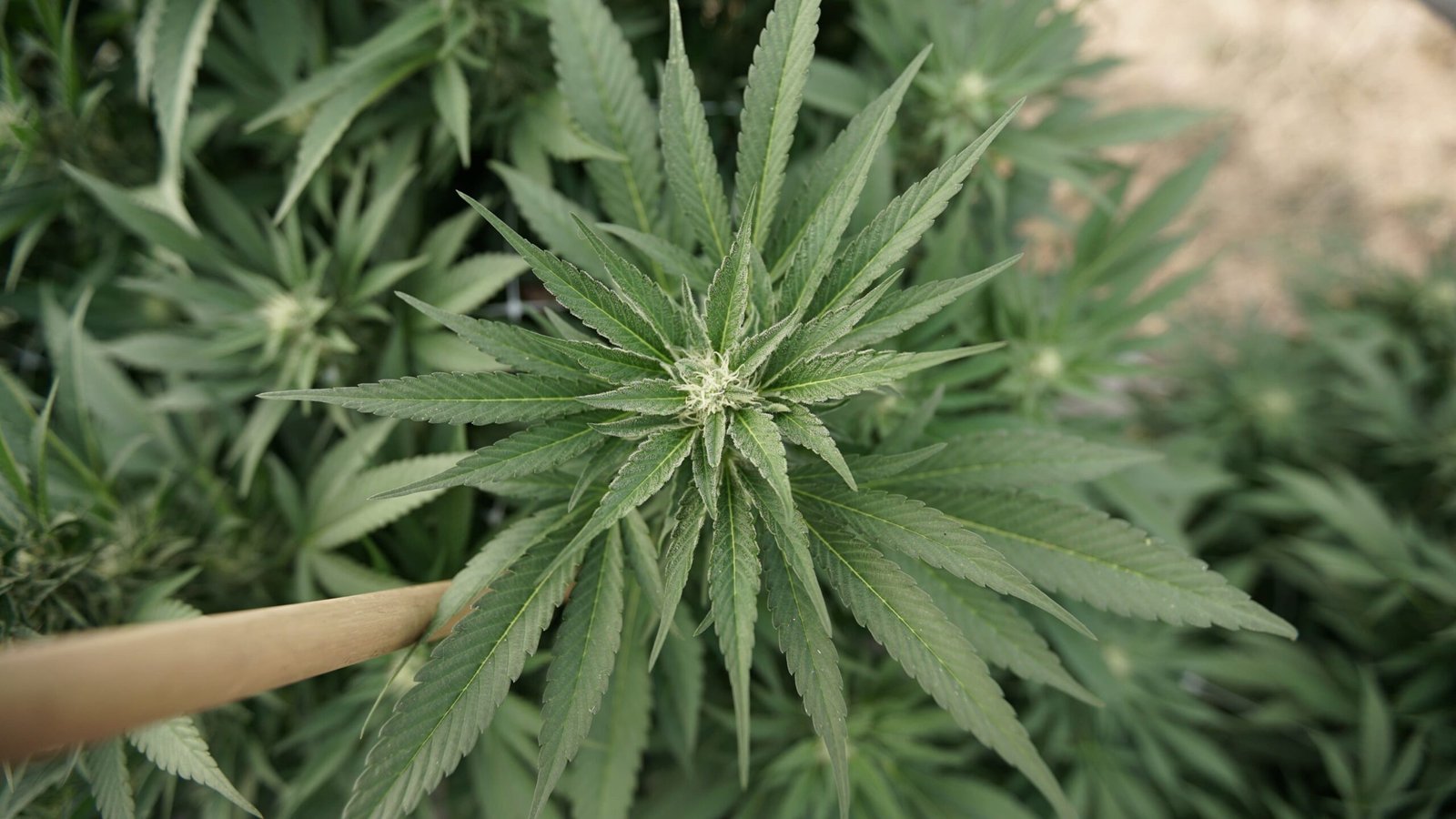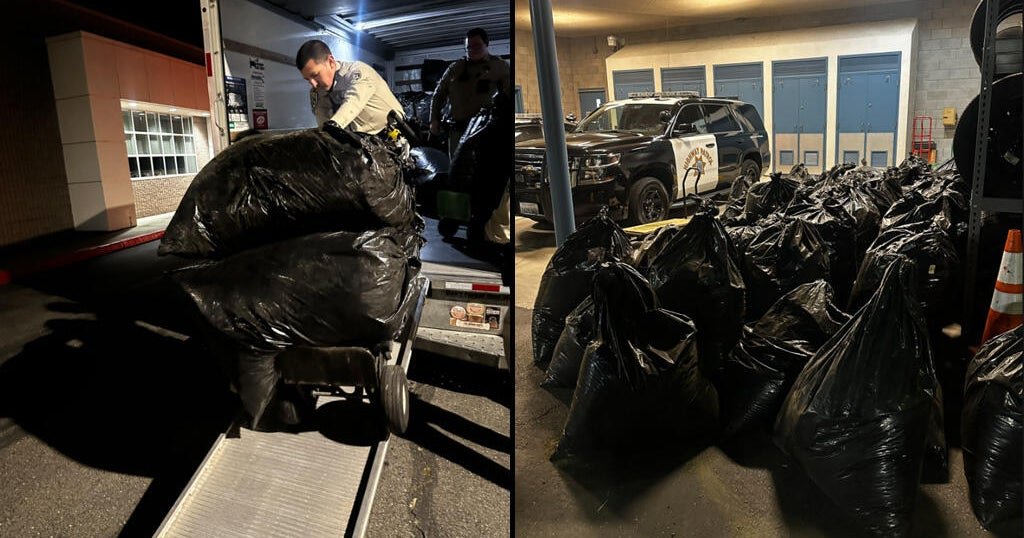Minnesota is considering widespread roadside drug testing following a successful pilot program, despite concerns about its limitations. The Minnesota Department of Public Safety (DPS) is advocating for the adoption of oral fluid testing tools, aiming to make them as common as breathalyzers for detecting impaired driving. This initiative emerged from the state’s Cannabis Legalization Act, which legalized recreational cannabis in 2023. The pilot project had a budget of $900,000 and aimed to assist officers in screening drivers for various impairing substances at the roadside.
During the pilot, DPS officials compared 329 roadside oral fluid tests with results from the state crime lab. They reported a strong confidence in the technology, highlighting that it can effectively help officers identify impaired drivers. Mike Hanson, the Director of the Office of Traffic Safety within DPS, emphasized that these tools are solid and useful for preliminary testing. The roadside test results are not intended to be used in court; instead, they serve to provide probable cause for further testing via blood and urine samples at the state lab.
The main goal of the roadside testing technology is to assist officers in identifying impairment and the likely substance involved. During the pilot, trained drug recognition experts utilized saliva testing kits from two companies: Abbott SoToxa™ Oral Fluid Mobile Test System and Dräger DrugTest 5000. However, an analysis of the pilot data revealed some limitations of the technology, particularly regarding its accuracy and the substances it could detect.
In the pilot program, lab-based tests identified drugs 808 times, while roadside tests recorded 554 detections, resulting in an 82 percent match rate. Notably, lab tests often detected a wider range of substances than the roadside devices, with the exception of methamphetamine, where false positives may have occurred due to medication interactions. The roadside tests were more effective for substances like amphetamine, cocaine, opiates, and cannabinoids, but struggled with benzodiazepines, achieving only a 22 percent match. Additionally, the roadside devices did not test for fentanyl, which was detected 69 times by the lab.
The comparison of the two testing devices revealed that the SoToxa™ system detected drugs that Dräger missed in 13 instances during the testing of 61 subjects. Officer feedback indicated a strong preference for the SoToxa™ device, particularly regarding its size and portability. In fact, 83 percent of surveyed officers expressed a preference for SoToxa™ over its counterpart. Based on this feedback, DPS is recommending that legislators approve both testing instruments for use.




